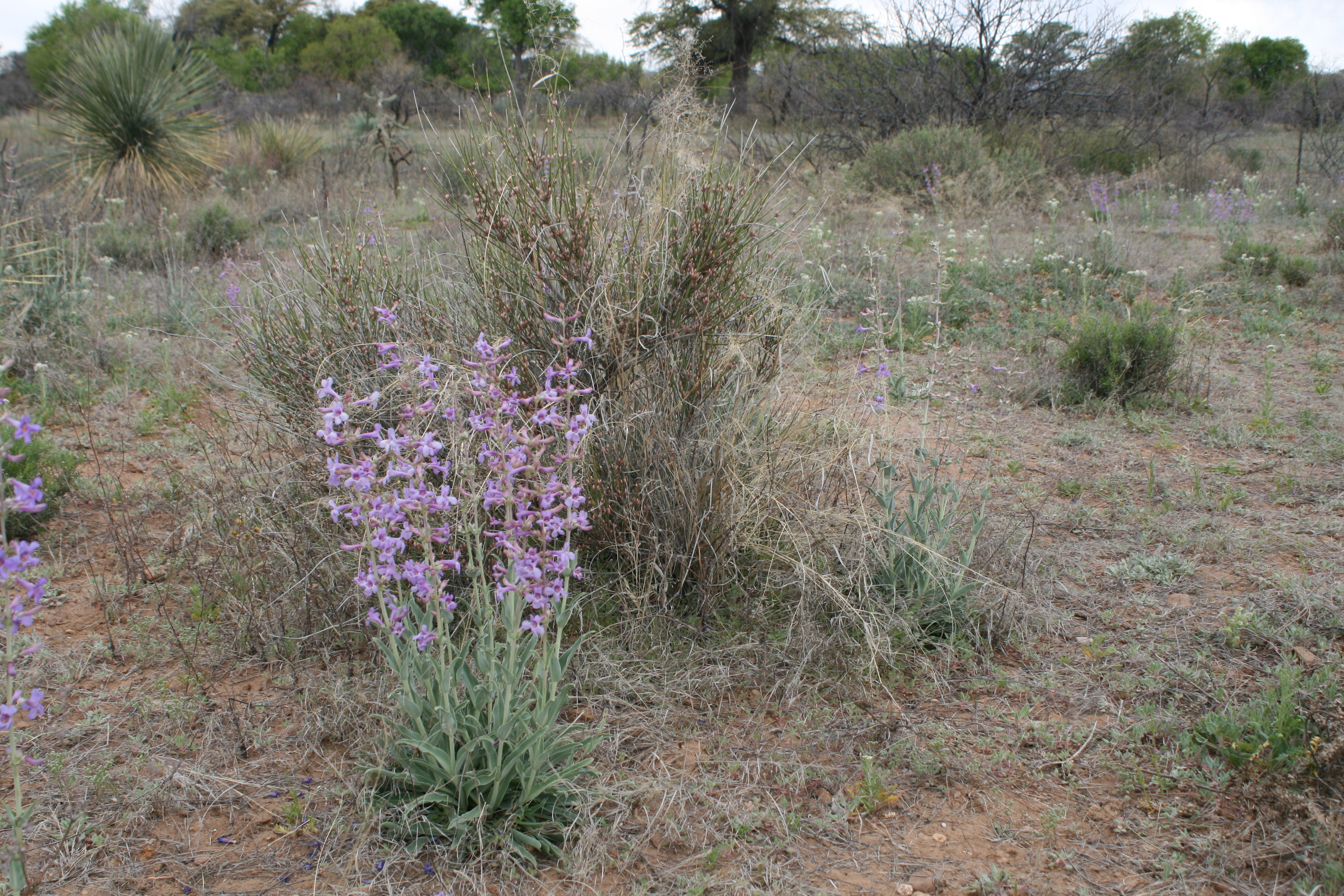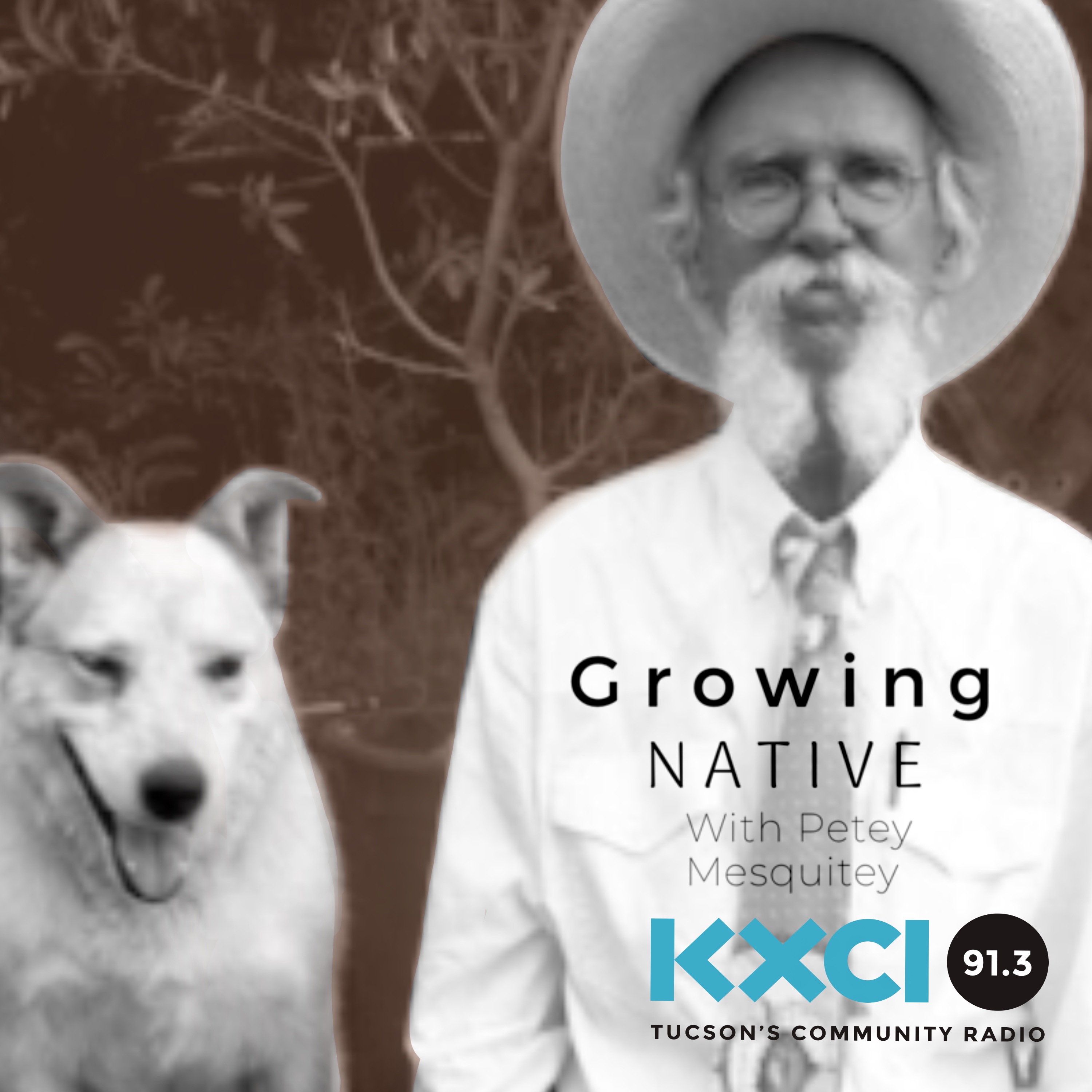
Desert anemone (Anemone tuberosa) is in the Buttercup Family. Buttercups are the genus Ranuculus and so the family name is Ranunculaceae. It’s probably just me, but that is a marvelous family name to write and pronounce. Kearney and Peebles’ Arizona Flora lists three species of Anemone, but I noticed that the newer field guide Plants of Arizona says there are only two species, so I suspect one species got renamed. That’s the kind of stuff that keeps you on your toes I suppose, if botany is of any interest. Anyway, desert anemone is one of the first wildflowers to bloom and to see it you need to head to a rocky slope above the desert floor sometime in February and that’s where you’ll find it hiding among the rocks. On our hike in the hills above Fort Bowie National Monument we also saw pointleaf manzanita blooming as it is also an early bloomer. Now you have two good reason to head for the hills.
A note or two: the photos are mine and show desert anemone (or wind flower if you like…you choose) in the limestone rocks. Those are not petals on the flowers, but the sepals. The flower has petaloid sepals. Something you can say to your hiking companion to impress them. I did, but I’m not sure it impressed. Oh, and by the way, those hills above Fort Bowie are an excellent place to see the shrubby form of sandpaper oak (Quercus pungens) growing out of the rocks. Now you know.


Well, I was a little worried, but I was pretty close on the number of Penstemon species in Arizona. There are close to forty....

When Ms. Mesquitey and I gather acorns to plant we bag up hundreds, but I can never resist nabbing a few if I see...

There are 3 genera of pocket gophers in North America and close to 20 species. In southern Arizona, Botta’s Pocket Gopher (Thomomys bottae) is...